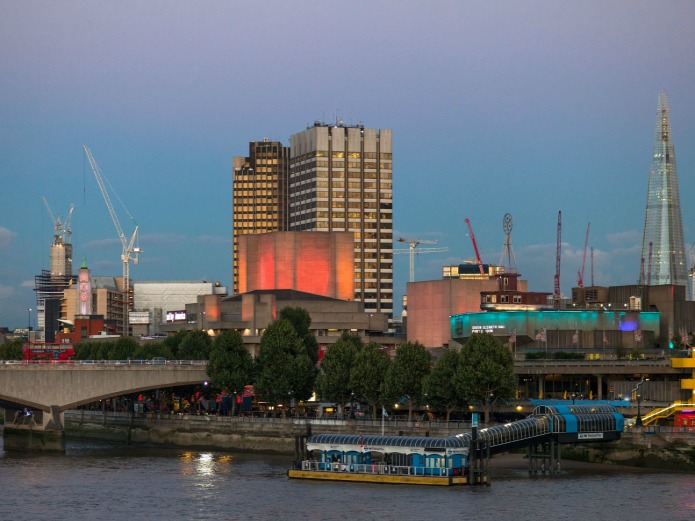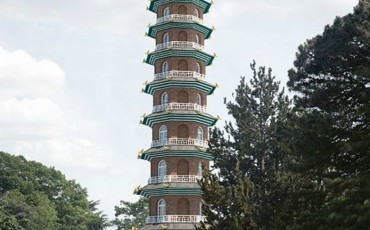Having been closed for refurbishment, Queen Elizabeth Hall, Purcell Room and Hayward Gallery on the South Bank reopened in 2017, fifty years after they were first opened in 1967-8. They are immune from listing status, unlike the Festival Hall, which is Grade 1 and the National Theatre (Grade 2 listed). During the two years of closure, the resident orchestras used the Royal Festival Hall and St John’s, Smith Square.
The refurbishment was undertaken by Feilden Clegg Bradley Studios with no drastic external structural changes made to the QEH except the opening up of more window space by the main entrance to make it more welcoming. Original plans to erect a glass box on the roof – to enable orchestra rehearsals accessible by the public – were dropped while original internal features such as the black leather seats and Maplewood veneer walls were restored. The Queen Elizabeth Hall had its projection room fully restored to show 35m and 16m widescreen and cinemascope films. In the 60s, the Festival Hall only opened when a concert was on and films were introduced to lure people to the South Bank when it was ‘dark.’

Along the South Bank with views of Festival Pier, the Queen Elizabeth Hall and The Shard Skyscraper. Photo: © Jimmy Baikovicius/Flickr.
The 66 glass pyramid lights on top of the Hayward Gallery have been replaced with replicas. The pyramids were originally added on the advice of the sculptor, the late Sir Henry Moore, to admit daylight, whilst not shining sun directly onto the artwork. You can still buy a named seat in the concert halls for as little as £150.
There is currently a re-assessment of Brutalist architecture going on all over the country, most recently with a number of pop-up openings of concrete Brutalist buildings of the 1950s/60s, coordinated by the National Trust, such as the University of East Anglia, and Park Hill Estate in Sheffield. Tours of the Balfron Tower in Poplar, and Trellick Tower in West London, both by Erno Goldfinger, have been set up.
A number of books and television documentaries have re-examined the influence of this architecture on town planning and the landscape. One architect, who was involved in the 60s in town planning, has said “each architectural style is a reaction to the preceding style”, and it wasn’t that long ago that planners were being urged to demolish ‘Victorian monstrosities’.
‘Brutal’ comes from the French ‘beton brut,’ meaning made in concrete or ‘raw concrete.’ Only later did it take on connotations of a ‘brutalising’ effect, and Erno Goldfinger himself disliked the term. ‘Concrete’ comes from the Latin ‘concretus’ meaning ‘clotted.’ The Romans used a form of it when constructing the Pantheon, for instance.







Leave a Reply